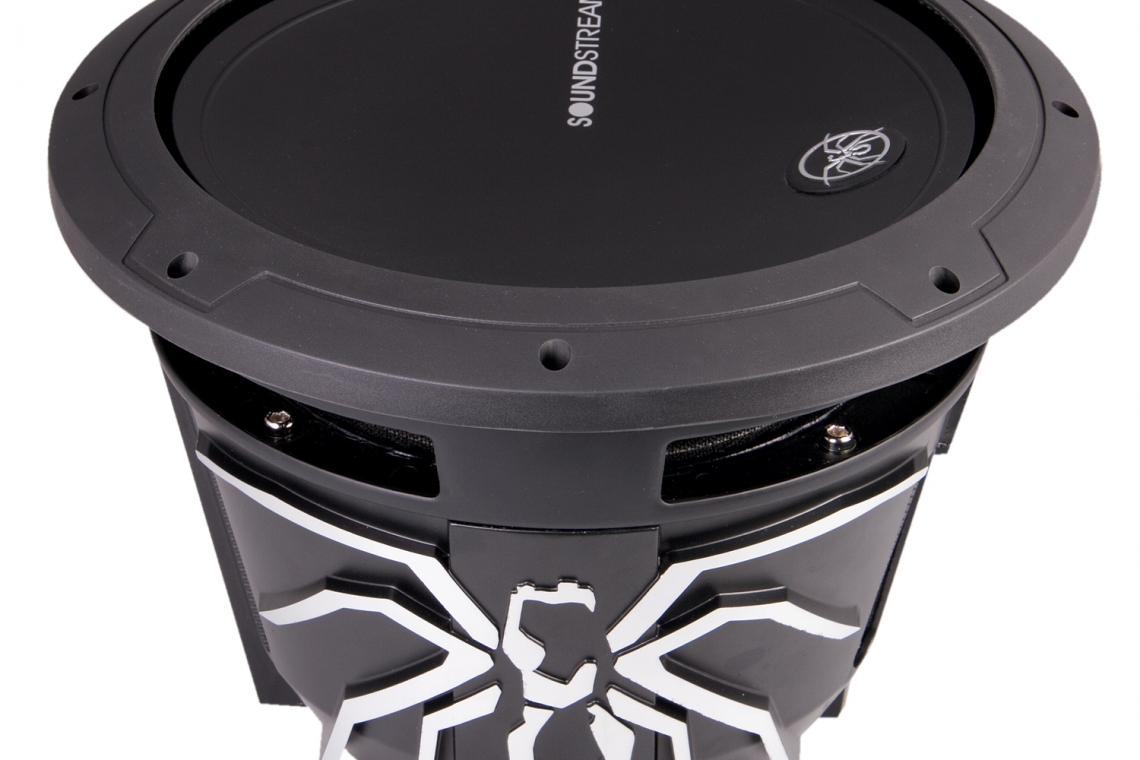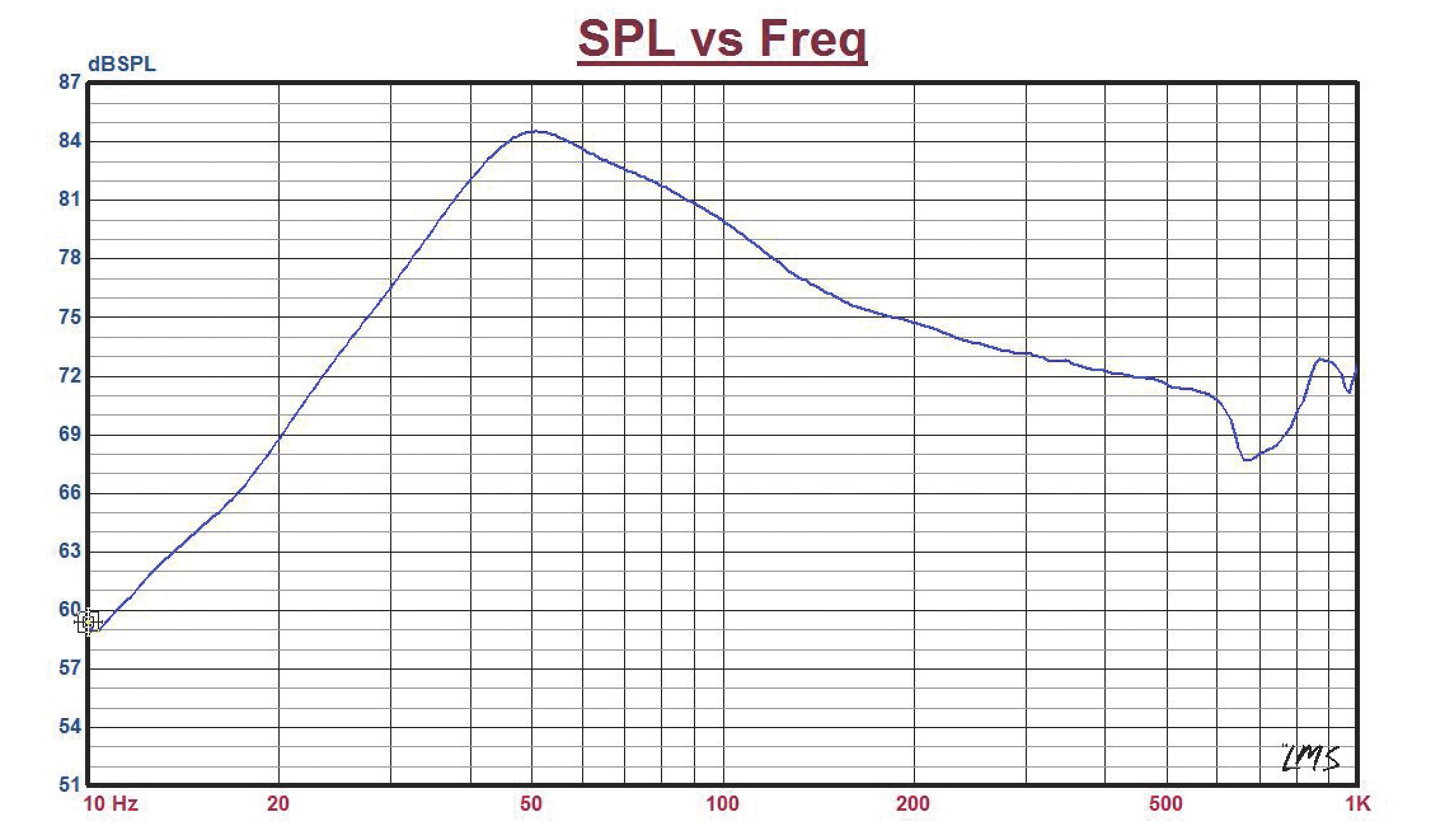From the folks at Soundstream comes a re-launch of its highly-regarded Reference Series subwoofers. Designed and engineered in the United States, the new R1.122 and R1.124 12-inch woofers claim to challenge the reference standard of subwoofer performance. With bold claims like that, you know we had to get one for ourselves to see just how good it really is. Before long the big brown truck rolled up with one of the $399 woofers. In the box was a R1.122 dual two-ohm coil version, rated for 850 watts of continuous power.
COSMETICS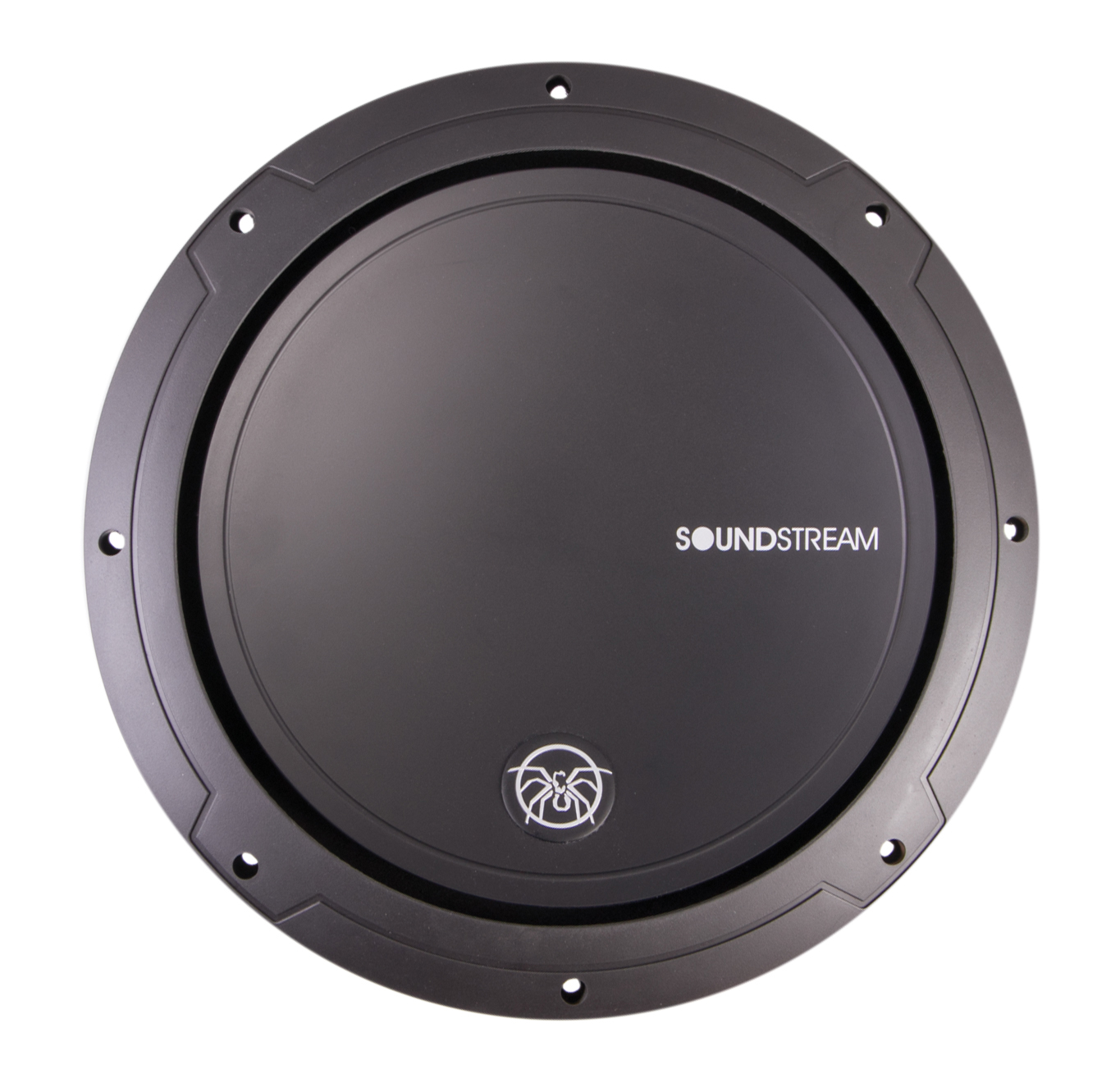 Upon unpacking the R1 woofer, it is immediately apparent this woofer does a few things a little differently. Probably the most obvious unusual characteristic is the inverted surround and special gasket/trim ring. Instead of the usual tall and wide surround, this surround is inverted and creates a “trough” around and beneath the edge of the cone.
Upon unpacking the R1 woofer, it is immediately apparent this woofer does a few things a little differently. Probably the most obvious unusual characteristic is the inverted surround and special gasket/trim ring. Instead of the usual tall and wide surround, this surround is inverted and creates a “trough” around and beneath the edge of the cone.
Theoretically, the result is a cone with maximum diameter to improve output. Soundstream claims a 30% increase in cone area compared to a “conventional” 12-inch woofer. Another unique feature related to the inverted surround is a mounting gasket/trim ring where the inner diameter actually covers the inverted surround and rests within a few millimeters of the cone edge. The underside of this gasket has channels molded into it, and the design is claimed to virtually eliminate undesirable cone-radiated upper frequency output. The result of the overall design is a really different and aesthetically-pleasing cosmetic, enhanced even more by the massive cast-aluminum motor cover, trimmed with a surface-machined outline of the Soundstream Tarantula trademark. The woofer is very impressive and has a high-quality look and feel.
FEATURES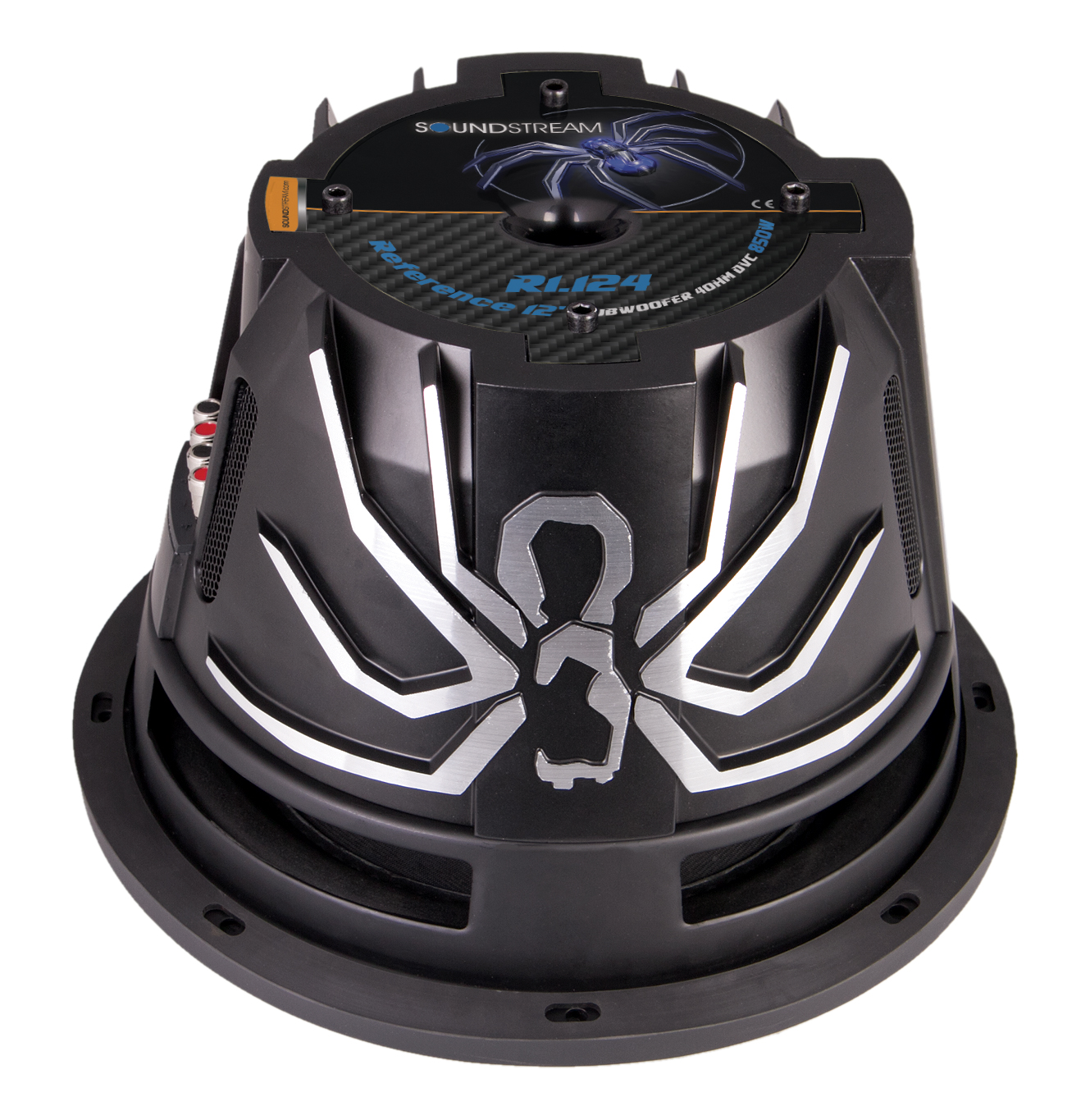 The construction of the R1 woofer is also a bit unusual; what looks like a cast basket is actually a cast aluminum cover containing the entire motor assembly, bolting it to the actual basket around the outer diameter of the spider landing. The basket is made of heavy gauge stamped steel and is nicely finished to match the cast cover. From the top down, the R1 cone/dust cap is a one-piece IMPP unit, connecting to a non-pressed, ventilated pulp paper cone that marries the assembly to the top of the 2.5-inch voice coil former. The voice coils get the electrical signal from tinsel leads that are integrated into the dual Nomex spiders and, in turn, are connected to two pairs of spring-loaded terminals that easily accept 10 gauge wire. The R1 speaker terminals are found together on one side of the woofer to simplify various different wiring configurations.
The construction of the R1 woofer is also a bit unusual; what looks like a cast basket is actually a cast aluminum cover containing the entire motor assembly, bolting it to the actual basket around the outer diameter of the spider landing. The basket is made of heavy gauge stamped steel and is nicely finished to match the cast cover. From the top down, the R1 cone/dust cap is a one-piece IMPP unit, connecting to a non-pressed, ventilated pulp paper cone that marries the assembly to the top of the 2.5-inch voice coil former. The voice coils get the electrical signal from tinsel leads that are integrated into the dual Nomex spiders and, in turn, are connected to two pairs of spring-loaded terminals that easily accept 10 gauge wire. The R1 speaker terminals are found together on one side of the woofer to simplify various different wiring configurations.
LISTENING
While the R1 is being exercised or “broken in,” I go through the owner’s manual to check on the recommended enclosure. According to the manual, the woofer is “optimized” for either a one cubic-foot sealed enclosure, or a two cubic-foot vented enclosure. Because I want to hear the best the woofer has to offer in terms of sound quality and definition, I choose a slightly larger 1.25 cubic-foot sealed enclosure I happen to have handy.
After break-in is complete, I mount the R1.122 in my enclosure and connect it to my reference system. I begin with some of my favorite woofer test tracks, including “The Planet Krypton.” In this track there is a crescendo that drops down to something like 18 Hz for 1:39 seconds. This track is an excellent test of low-frequency output as well as excursion capabilities. More deep bass tracks like BTO’s “Not Fragile” and Billy Idol’s “Prodigal Son” prove that the Soundstream woofer can indeed reproduce very deep bass with authority.
Next is my evaluation of detail reproduction and sound accuracy. For this I like to use a wide variety of music, but this time I choose well-recorded rock and roll tracks like Dire Straits’ “Heavy Fuel” and Marc Cohen’s “Walking in Memphis.” Both tracks sound good tonally with almost zero overhang on transients. Plucked bass sounds fat and round as it should.
I thought it would be interesting to hear how the R1 woofer handles more intricate bass information, like the slapped bass in Rickie Lee Jones’ “Danny’s All Star Joint,” and the amazing musicianship of the late great, Jaco Pastorius. Again, the woofer performs well, with good detail and overall musicality. I note that the woofer likes plenty of power, and find that I need to increase the subwoofer level about 3 dB from where I usually have the controls set.
Just for giggles I remove the outer gasket/trim ring to see if I can hear the differences claimed on the Soundstream website. I couldn’t tell any difference, however, at least with my setup and environment.
I also want to try the R1 in a vented enclosure, so I swap it into a two cubic-foot box with venting tuned to 38 Hz. In this box, the output of the woofer jumps significantly, and I quickly return to my original subwoofer level setting. As is typical on a woofer with a powerful motor and a moderately-high Qts, the sound quality suffers a bit in the vented box – but I know there are plenty of users who would gladly give up a bit of accuracy and articulation for the additional output.
ON THE BENCH
After letting the woofer cool and normalize overnight, I remove it from the enclosure and bring it into the lab for measurements. One of the first things you must do to measure a speaker’s Thiele-Small parameters is measure the driver’s Sd – or its effective diaphragm area. Although the Soundstream website claimed a 30% larger cone, my measurements do not bear this out, with the cone area measuring approximately 480 centimeters squared, pretty average for a high-performance 12-inch woofer. But hey, who am I to let facts get in the way of a good story.
My trusty Klippel analyzer churns out the rest of the woofer parameters, which are not quite in line with the data in the owner’s manual. But, they are generally within the normal tolerances for this kind of data. I am also making my measurements after the woofer had about six hours of use and break-in, which is not normally the case for factory-generated specs.
After completing my evaluation of the Soundstream R1.122 woofer, I go back and read the notes I made while listening to it. In summary, the R1.122 woofer in a sealed enclosure is a great-sounding product complete with gobs of power handling capability and good looks. Couple it with an amplifier that can provide the power it loves, and you have a system that would serve as a good cornerstone in any high-end car audio system. If you prefer extra output to the last ‘enth’ of SQ, in a vented enclosure it’s a street-pounding attention getter. Either way, the R1 series of woofers should prove to be a popular choice for anyone who’s serious about their bass. For more information on the Soundstream products, check out www.soundstream.com.
Soundstream R1.122 Parameters
Electrical Parameters:
| Re | 4.07 ? |
| Le | 4.683 mH |
| L2 | 5.407 mH |
| Cmes | 971 ?F |
| Lces | 28.79 mH |
| fs | 30.1 Hz |
Mechanical Parameters:
| Mms | 344.6 g |
| Mmd | 332.8 g |
| Rms | 6.64 kg/s |
| Cms | 0.081 mm/N |
| Kms | 12.32 N/mm |
| BI | 18.84 |
Loss Factors
| Qtp | 0.715 |
| Qms | 9.809 |
| Qes | 0.747 |
| Qts | 0.694 |
Related Articles
 Acura To Bring Back The RSX… Sort Of
Acura To Bring Back The RSX… Sort Of
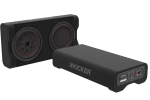 Understanding Audio Radiators w/ KICKER
Understanding Audio Radiators w/ KICKER
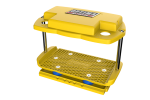 OPTIMA Batteries - Battery Mounts
OPTIMA Batteries - Battery Mounts
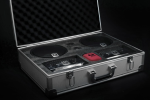 MB Quart Q Series Speakers
MB Quart Q Series Speakers
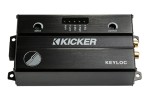 KICKER KEYLOC Smart Line-Out Converter
KICKER KEYLOC Smart Line-Out Converter
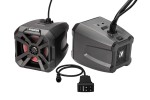 KICKER Begins Shipping PowerCans 6.5-inch Amplified Speaker Systems
KICKER Begins Shipping PowerCans 6.5-inch Amplified Speaker Systems


